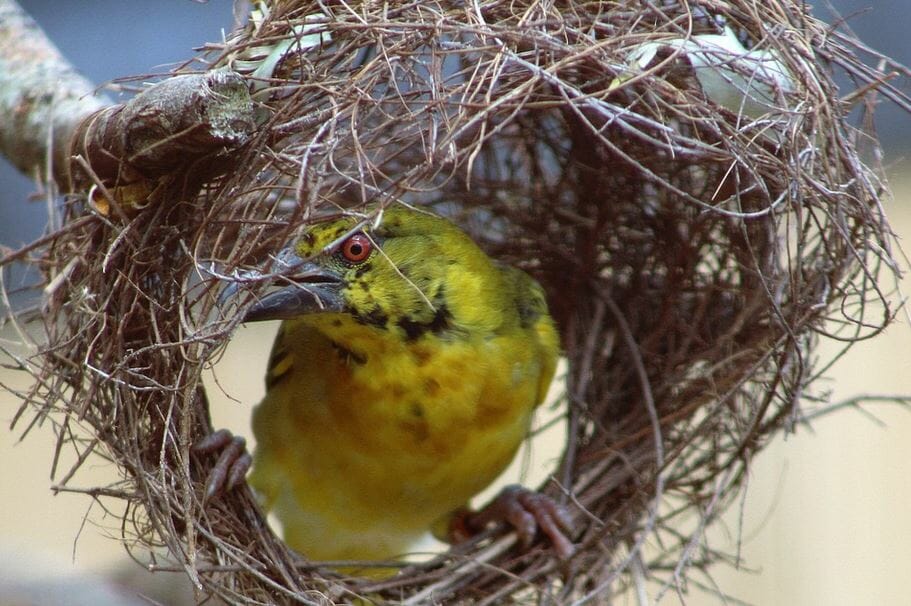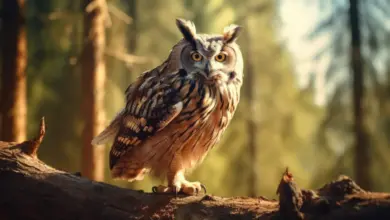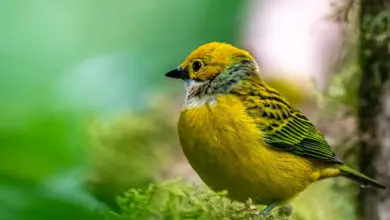Brown Jays
Brown Jay (Psilorhinus morio) Species Info
Jay Information … Jay Photo Gallery
The Brown Jay (Cyanocorax morio) occurs from Mexico south into Central America on the Gulf slope.
Description
Brown Jays vary in plumage geographically. Two main groups have been identified: that intergrade in Veracruz
- Northern birds are almost completely dark brown, with lighter brown on the underparts.
- Southern birds are white-bellied and have bright white tips to the outer tailfeathers.
Adults have black bills, legs, and feet. Immatures have yellow bare parts, including yellow eye-rings.
Similar Species
This large Jay resembles a Magpie, but is slightly smaller in size and has a shorter tail. However, the bill is larger.
Diet / Feeding
They feed on Insects and a wide range of other invertebrates animals without internal skeletons, such as insects, larvae, earthworms, millipedes, snails, spiders) are taken, also lizards, fruit, and nectar. If its regular diet is not readily available, they will take eggs and chicks.
They forage mostly in trees, but will also take some food from the ground.
Nesting / Breeding
Both parents construct the nest usually placed in a tree or large shrub.
The average clutch consists of 3 eggs, although up to 6 may be laid.
The female alone incubates the eggs for about 18 to 20 days. The male will feed the brooding female.
Sometimes the young from previous seasons will help in raising the chicks too. They are commonly referred to as “helper birds.” When bringing food to the nest, they will give it to one of the parents to feed the chicks.
Calls / Vocalization
Its call has been described as a loud but low-pitched pee-ah call.




